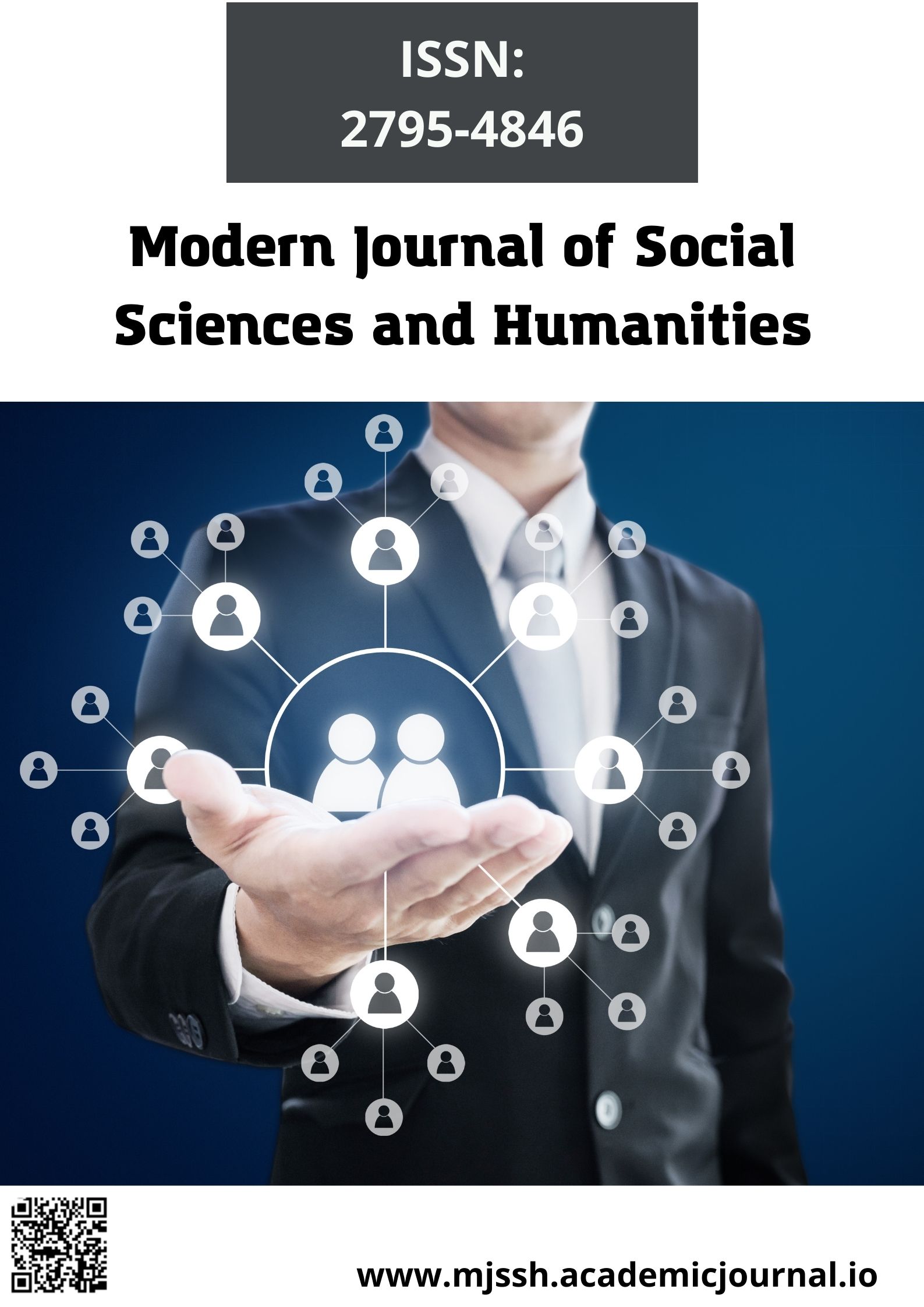The Use of Extended, Traditional and Module-Based Approach Tasks in Pisa Studies
DOI:
https://doi.org/10.51699/mjssh.v2i2.580Keywords:
PISA international assessment, reading literacy, assignments, text, studentAbstract
This article is aimed at providing effective assistance to institutions and students participating in the program on the improvement of the tasks used in the PISA international assessment program research and work on the task texts.
References
Ismailov A. and other students of the international preparatory class (Primary literacy production (Methodological guide for primary school teachers, methodologists and specialists). Tashkent, 2019, 92 pledges.
Noryeva D. Notebooks of 4th grade students for ongoing international training on the production of reading literacy, Tashkent, 2019, 15 pages.
www.oecd.org/pisa - the official website of the Organization for Economic Co-operation and Development
S. Matchonov, A. Shojalilov, Kh. Gulomova, Sh. Sariyev, Z. Dolimov 4th grade Reading book-Tashkent 2017.
Pedagogical efficiency has been proven to be high when we put into practice the proposed PISA preparatory classes. This was evident when we compared the methodical method with the traditional methods, and we expressed their differences in a table, and the differences in the quality indicators in it once again prove our stated point.
Mol, S. and A. Bus (2011), “To read or not to read: a meta-analysis of print exposure from infancy to early adulthood”, Psychological Bulletin, Vol. 137/2, pp. 267-96, http://dx.doi.org/10.1037/a0021890
Morgan, P. and D. Fuchs (2007), “Is there a bidirectional relationship between children’s reading skills and reading motivation?”, Exceptional Children, Vol. 73/2, pp. 165-183, http://dx.doi.org/10.1177%2F001440290707300203





